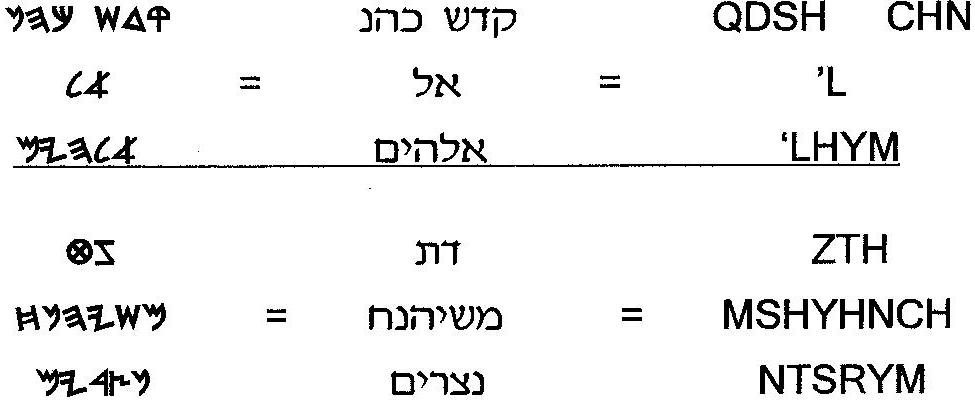



Since the term “Paleo-Hebrew” is associated with it, we will call it the Paleo-Hebrew phenomenon, and it involves the Paleo-Hebrew method, which is based on the Paleo-Hebrew assumption. Seekins published a book entitled Hebrew Word Pictures: How Does the Hebrew Alphabet Reveal Prophetic Truths? It unleashed a phenomenon involving a method of reading the Hebrew Bible based on an assumption about the letters of the Hebrew alphabet. Link to Introduction which sets the context – How to Misread the Bible in the Name of Paleo-Hebrew 1 The letter waw was removed in many instances, made possible with the introduction of the sofits: the question is, was the decision always the right one? There are a few examples I have noticed where it sure looks as if a wrong decision was made compared to what we now have in the Masoretic text, (the LXX tells us a lot about how those who rendered that text were reading the Hebrew text).Link to the executive summary – How to Misread the Bible in the Name of Paleo-Hebrew 2 I believe the texts from Dameshek (Qumran) are an example of this intermediary period where the text began to be separated. When the text slowly began to be separated the sofits slowly began to enter into the text. And in addition to these things it also appears that the text was written in a form of scriptio continua similar to the most ancient Uncial (or majuscule) Greek texts. The letter waw doubled as a word separator, which would have been quite difficult to read for anyone not familiar with the text, and moreover, I do not believe it originally had the final-form sofit letters either. Yeah, I do not believe the original Asuri script was even separated, (the so-called Assyrian block script, the modern script from about the time of Ezra).


 0 kommentar(er)
0 kommentar(er)
